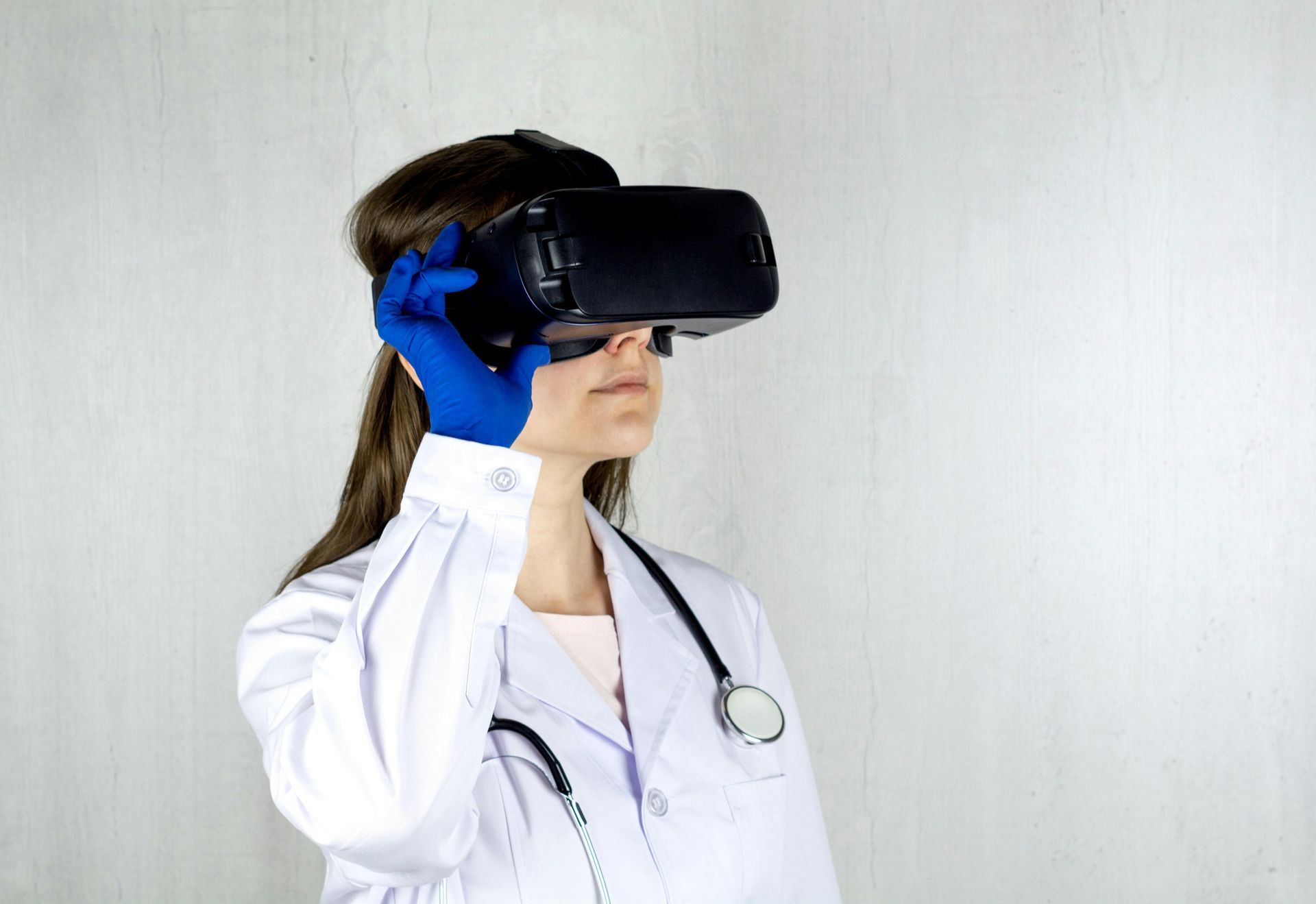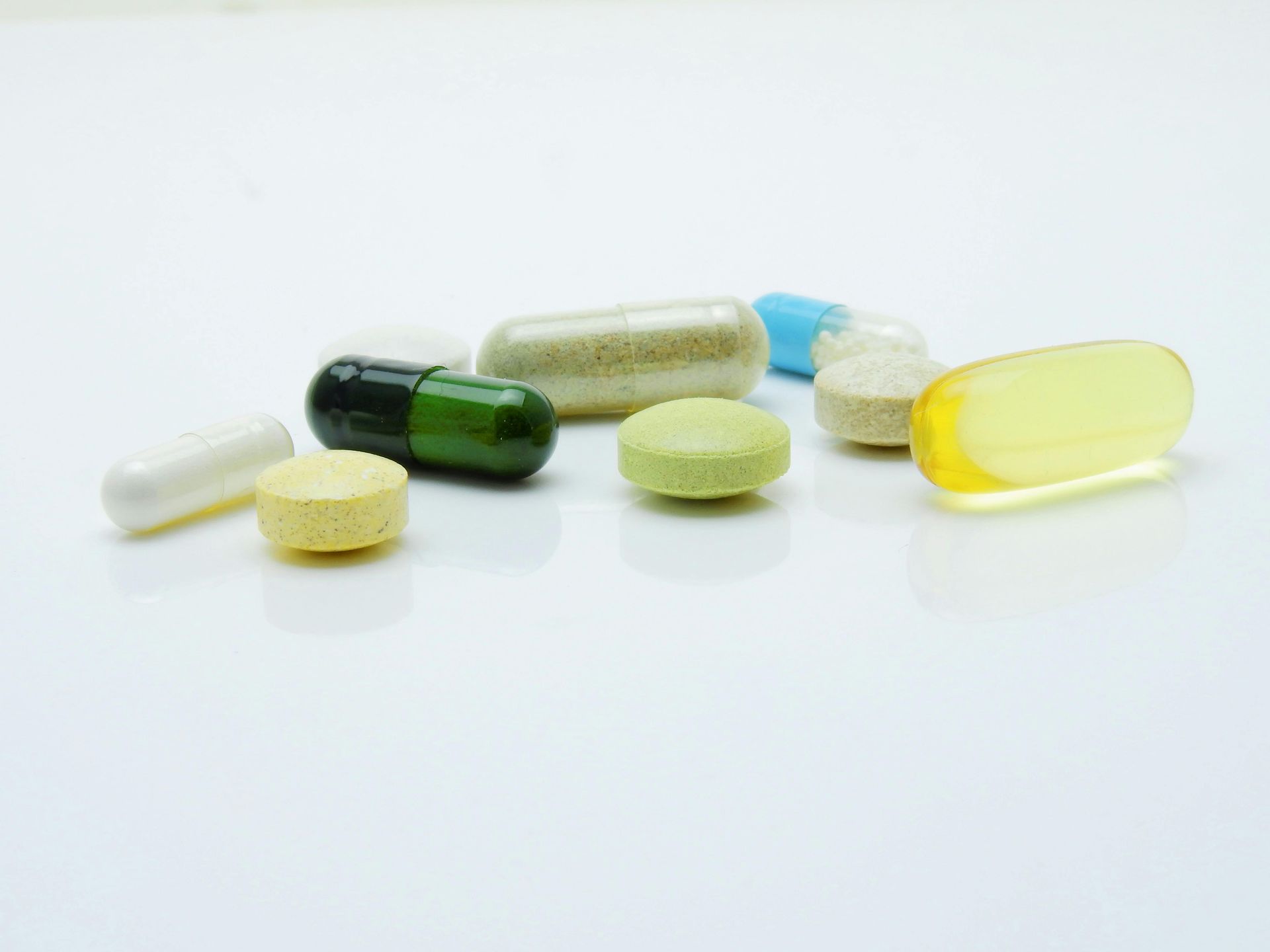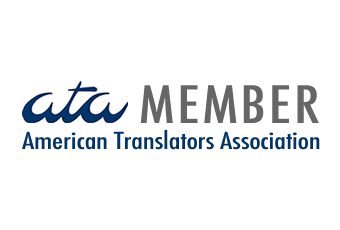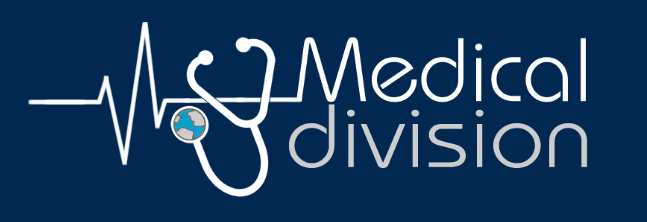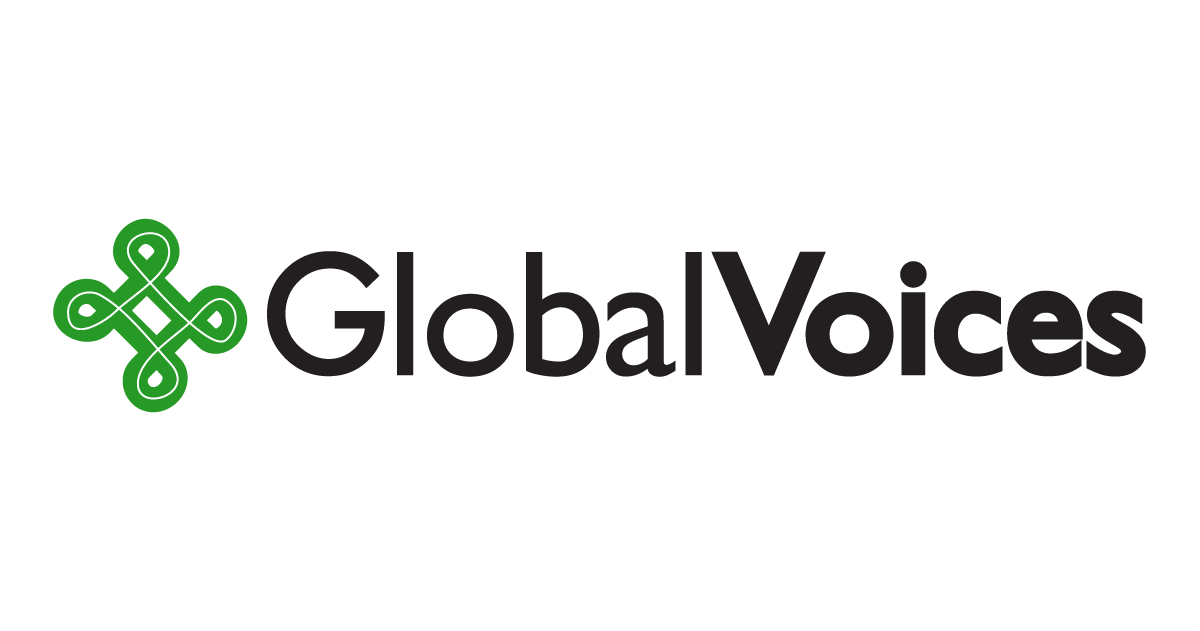Navigating the CE Marking Process: A Guide for Medical Device Exporters to Europe
If you’re looking to export medical technologies to Europe, understanding the CE marking process is crucial. The CE mark indicates that your product complies with European health, safety, and environmental protection standards, allowing you to legally sell your medical devices in the European market. This guide will walk you through the essential steps to achieve CE marking and ensure your products meet the necessary regulations.
What is CE Marking?
CE marking stands for "Conformité Européenne," which translates to "European Conformity." It signifies that a product meets the requirements of relevant European directives and regulations. For medical devices, this includes compliance with the Medical Device Regulation (MDR) and the In Vitro Diagnostic Regulation (IVDR). Without the CE mark, your device cannot be marketed or sold in the European Economic Area (EEA). More information can be found on the European Medicines Agency website.
Understanding the Regulatory Framework
The regulatory landscape for medical devices in Europe is complex, and it’s essential to familiarize yourself with the following key regulations:
- Medical Device Regulation (MDR): This regulation applies to most medical devices and outlines the requirements for safety and performance.
- In Vitro Diagnostic Regulation (IVDR): This regulation governs in vitro diagnostic devices, ensuring they meet specific safety and effectiveness criteria.
Both regulations emphasize the importance of risk management, clinical evaluation, and post-market surveillance, making it vital for manufacturers to adhere to these guidelines.
Steps to Achieve CE Marking
- Determine Product Classification: The first step is to classify your medical device according to the rules set out in the MDR. Devices are categorized into four classes (I, IIa, IIb, and III) based on their risk level, with Class I being the lowest risk and Class III the highest. The classification will dictate the level of scrutiny your device will face during the CE marking process. Warning: The classification in the EU differs from the US and other markets!
- Conduct a Conformity Assessment: Depending on the classification, you will need to undergo a conformity assessment. For lower-risk devices (Class I), you may be able to self-certify. However, for higher-risk devices (Classes IIa, IIb, and III), you’ll need to work with a Notified Body, an organization designated by the EU to assess the conformity of medical devices.
- Prepare Technical Documentation: Compile comprehensive technical documentation that demonstrates compliance with the applicable regulations. This includes product specifications, risk assessments, clinical evaluations, and labeling information. Ensure that your documentation is thorough and well-organized, as it will be reviewed by the Notified Body.
- Create a Declaration of Conformity: Once you’ve completed the conformity assessment and your device meets all requirements, you’ll need to draft a Declaration of Conformity. This document states that your device complies with all relevant EU legislation and outlines the standards used in the assessment.
- Affix the CE Mark: After obtaining the CE mark, you can affix it to your product and packaging. Ensure that the mark is visible and legible, as it signifies compliance with EU regulations.
- Implement Post-Market Surveillance: CE marking is not the end of the road. You must establish a post-market surveillance system to monitor the safety and performance of your device once it’s on the market. This includes collecting user feedback, reporting adverse events, and conducting regular reviews of your product’s performance.
Common Challenges to Watch Out For when Obtaining CE Marking for Medical Devices
Navigating the CE marking process for medical devices can be challenging. Here are some common pitfalls to avoid:
- Underestimating Documentation Requirements: Many manufacturers underestimate the amount of documentation needed for compliance. Be thorough and proactive in gathering all necessary information.
- Misclassifying Devices: Incorrectly classifying your device can lead to delays and additional costs. Take the time to understand the classification rules and seek expert advice if needed as they differ across regions. A clear example of a medical device that is classified differently in the US and Europe is a surgical mesh. In the United States, surgical meshes are typically classified as Class II devices, requiring a 510(k) premarket notification to demonstrate substantial equivalence to an existing device. In contrast, in the European Union, surgical meshes can be classified as Class III devices, necessitating a more rigorous evaluation process, including clinical investigations and compliance with stricter regulatory requirements under the Medical Device Regulation (MDR).
- Neglecting Post-Market Obligations: Failing to implement a robust post-market surveillance system can result in compliance issues down the line. Stay vigilant and responsive to any safety concerns.
Ready to obtain CE marking for your medical device?
Exporting medical technologies to Europe can be a rewarding venture, but it requires a solid understanding of the CE marking process. By following the steps outlined in this guide and staying informed about regulatory requirements, you can successfully navigate the complexities of compliance and bring your innovative medical devices to the European market. Remember, the CE mark is not just a stamp of approval; it’s a commitment to quality and safety that can open doors to new opportunities in healthcare.
Share
